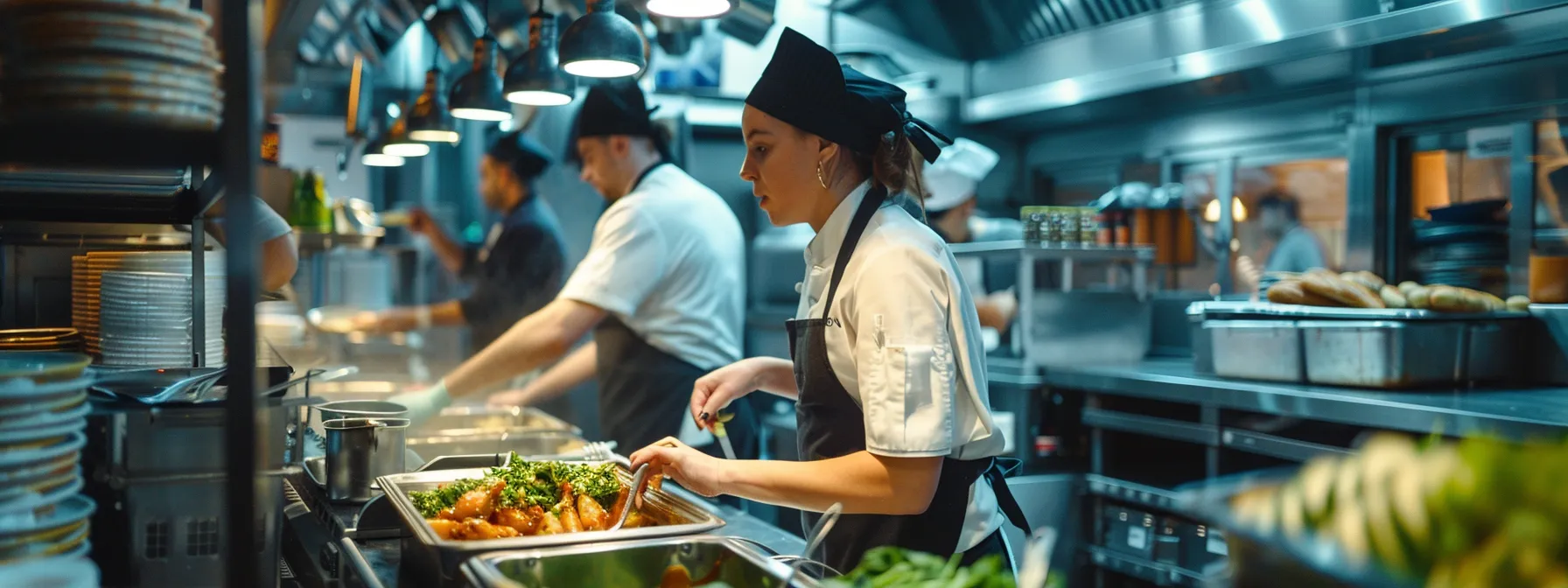Smart Tips for Setting Up Your Restaurant

Embarking on the venture of opening a restaurant is both thrilling and daunting. It requires meticulous planning, a clear vision, and relentless dedication to create a space where people can indulge in a delightful dining experience. One of the most rewarding moments for any restaurateur is the grand opening day, but a lot of ground needs to be covered before then. From interior design to menu curation, every detail counts in setting your establishment apart from the competition. Keep reading to discover some vital tips that will help you in launching your restaurant successfully.
Essential Considerations Before Opening Your Restaurant Doors
Before opening your restaurant, it’s essential to secure all necessary licenses and permits to ensure compliance with health, safety, and business regulations. A solid business plan will guide your decisions and attract potential investors by showcasing your vision. Location is key—choosing a spot with high foot traffic is important but must be balanced with costs, accessibility, and market research on local dining trends.
Financial planning is another critical step, so it’s wise to overestimate your capital needs and keep a cash reserve for unexpected expenses. Reliable suppliers are vital for maintaining quality ingredients, while investing in the right equipment—such as pizza prep tables—ensures smooth kitchen operations and high standards in every dish.
Designing Your Restaurant Space for Maximum Appeal
The ambiance of a restaurant plays a key role in attracting and retaining customers. It should reflect your brand identity and appeal to your target audience while offering a comfortable, cohesive layout that promotes smooth movement for both staff and diners. Great interior design goes beyond aesthetics, factoring in lighting, acoustics, and seating to enhance the overall dining experience. Lighting, for instance, can create a warm, intimate feel or a lively, casual atmosphere depending on your establishment’s vibe.
Many restaurants are now embracing nature-inspired designs, incorporating elements like an ‘artificial plant‘ to liven up the space without the hassle of maintaining real greenery. This trend, combined with ensuring accessibility for all patrons, including those with disabilities, not only broadens your customer base but also fosters a welcoming atmosphere that resonates with the community.
Crafting a Memorable Menu That Keeps Customers Coming Back
A restaurant’s success relies heavily on its menu, which should be a blend of unique and classic dishes. The menu should reflect the restaurant’s theme and appeal to the target market’s tastes. Signature dishes often become a trademark, attracting customers and returning for the brand. The menu presentation is crucial, with clear descriptions and visually appealing designs. Avoid cluttering the menu with too many items, focusing on a smaller selection of dishes that can be executed consistently.
Seasonality and sustainability are important to consumers, and incorporating seasonal ingredients ensures freshness, reduces costs, and supports local suppliers. Offering dietary restrictions and preferences, such as vegetarian, vegan, or gluten-free options, shows customer care and contributes to positive word-of-mouth marketing.
Implementing Efficient Restaurant Operations and Staff Management

Efficient operations are crucial for a restaurant’s success, ensuring smooth operations from customer orders to meal delivery. Standard operating procedures (SOPs) promote consistency and prevent errors. An organized kitchen is essential for efficiency, with layout, workflow, and the right tools. Staff management is crucial, with skilled, passionate staff fostering a positive work culture that leads to better customer service.
Modern technology can streamline operations, from point-of-sale systems to reservation and ordering apps. Monitoring and managing these systems effectively can provide valuable insights into the business and help make informed decisions. Maintaining high standards of cleanliness and organization is essential for a restaurant’s overall quality, reflecting commitment to health and safety. Regular training and checks ensure compliance with the latest hygiene practices.
Marketing Your Restaurant in the Digital Age for Local Dominance
A strong online presence is crucial for restaurant marketing, involving a user-friendly website, active social media engagement, and managing online reviews. This builds brand awareness and creates a community around the restaurant, driving new and repeat business. Localized marketing efforts, such as participating in community events and partnering with nearby businesses, can yield significant returns on investment.
Email marketing campaigns can keep the restaurant top-of-mind for customers, offering exclusive deals and encouraging loyalty programs. Analyzing data from website traffic, campaign engagements, and promotional offer redemptions helps refine marketing strategies for greater effectiveness over time.
Overall, the success of your restaurant relies on a myriad of factors, from the practical concerns of equipment and operations to the nuanced arts of menu creation and ambiance. By focusing on each aspect with equal passion and precision, you create a restaurant that’s not just a place to eat, but a destination that customers are drawn to time and time again. Remember that the journey doesn’t end at opening; it’s a continuous process of improvement and adaptation to the ever-changing palate of the dining public.



